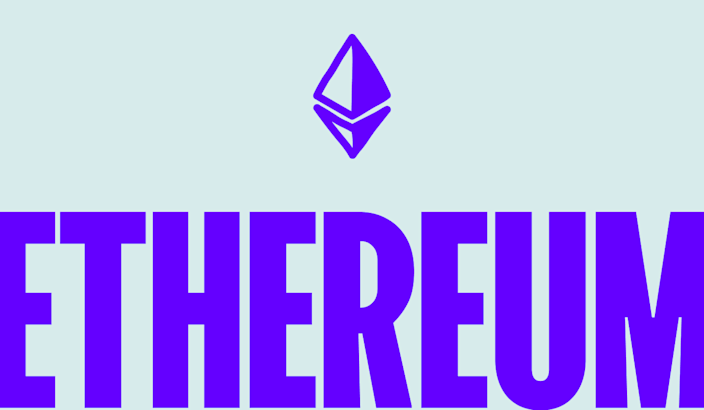What is Ethereum?

Ethereum is a decentralized blockchain and smart contract platform on which the cryptocurrency Ether (ETH, Ξ) runs. It is the second largest blockchain in terms of market capitalization, only Bitcoin surpasses it. While Bitcoin has a higher market capitalization, The Ethereum blockchain is significantly different from the Bitcoin blockchain in a number of ways. Where Bitcoin is ultimately deflationary in nature when all the coins are mined. Bitcoin operates with a decreasing mining rate, set to be capped at 21 000 000 BTC, Ethereum has no such limit. Instead, to maintain the value and protect it from inflation, Ethereum ‘burns’ tokens as a part of the mining process.
But there is more to Ethereum, it is also a platform for smart contracts, which enables the creation of decentralized applications. These are applications that are built directly on the blockchain, using the code language Solidity. Decentralized applications, or dApps, can have a wide variety of shapes, forms and purposes. One of these purposes is Decentralized Finance (DeFi), which is a system that is replicating the financial instruments that banks use to grow their funds, but decentralized, without a central authority. One such example is peer-to-peer loans, where users can lend and borrow money over a protocol, without an intermediary bank charging fees.
Other examples of dApps are Crypto Kitties, a game where a user can breed, care for and trade unique kitten-NFTs. These NFTs can be sold at different NFT-collectibles trading platforms i.e OpenSea.; and multiple gambling options.
Ethereum was conceived as a proof-of-work blockchain, similar to Bitcoin. But the high energy consumption in the proof-of-work-model has motivated a move to a proof-of-stake-model by merging the main chain with the proof-of-stake compatible chain “Beacon chain”. This has made Ethereum 99.9% more energy efficient.
Ethereum is and promises to be part of the future of crypto by leveraging functionality with a wide range of use cases and may very well be the foundational infrastructure to the emerging Web3 generation.